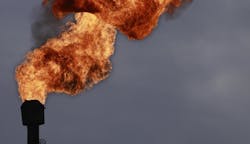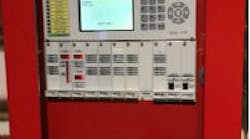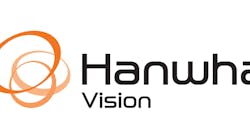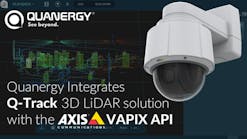Market Focus: Oil, Gas & Petrochemical
To say the job of protecting a sprawling operation in the oil and gas industry is difficult might be an understatement. From the dangers of handling hazardous materials to monitoring remote facilities and large processing plants and refineries, the challenges are myriad for these companies and the security integrators they work with.
“If you were to compile a list of the types of organizations that face the greatest security challenges, petrochemical companies would certainly be at or near the top, and with good reason,” explains Janette Andler, Director of Business Development for Quantum Secure. “These companies are tasked with handling high-risk substances at facilities in multiple regions globally, some of which are much more stable than others. As such, they could be targets of terrorism, internal sabotage and a host of other threats.”
On top of these challenges, these companies must also regularly demonstrate compliance with the DHS Chemical Facility Anti-Terrorism Standards (CFATS) regulations related to access and on-site personnel at petrochemical facilities.
Additionally, in high-risk industries such oil, gas and petrochemical, SIL 2 (Safety Integrity Level) systems are becoming the norm — in particular for critical fire and gas detection systems. SIL stands for Safety Integrity Level. A SIL is a measure of safety system performance, or probability of failure on demand (PFD) for a Safety Instrumented System or Function. There are four discrete integrity levels associated with SIL. The higher the SIL level, the lower the probability of failure on demand for the safety system and the better the system performance.
Navigating this market can be difficult, but the technology is there to form the backbone of these critical security systems. Here’s a look at a few of the options (Note: Explosion-proof video surveillance is covered in the article starting on page 37).
The Perimeter
From refineries to remote work sites, video surveillance, intrusion detection and vehicular restraint systems are paramount in these industries. Thus, thermal cameras, passive infrared (PIR) detection, IP video and analytics, and good old fashioned barriers are go-to technologies.
Case in point: Drummond Ltd. Colombia — one of the leading coal producers in the world — needed to increase surveillance, enhance intrusion detection, and ensure operational control particularly surrounding its oil and gas wells. Their integrator recommended a Samsung IP video surveillance system with an integrated audio solution from Louroe Electronics along the perimeter of the site. As soon as the dome camera senses someone in a restricted area, the operator in the control room can use the audio system to speak to the unwanted visitor in real-time.
Bollards — either fixed or retractable — are one of the primary choices for vehicular security. “In addition to barriers and bollards, crash gates are also used at oil and gas producing, distribution and storage facilities literally around the globe,” explains Greg Hamm, VP Sales & Marketing for Delta Scientific.
Access Control Infrastructure
Access control risks in this industry could come in the form of physical and/or cyber breaches, making the management of the many identities who may have access to certain assets and networks important. To address these issues, Physical Identity and Access Management (PIAM) solutions incorporate credential and compliance automation, and predictive analytics.
“From a security perspective, PIAM offers petrochemical companies an effective and efficient means of centralizing their cyber and physical access to create a highly secure overall environment,” Andler says. “The ability to streamline processes, improve identity management and identify potential problems before they can occur make it ideal for petrochemical companies to centralize cyber and physical security and ensure CFATS compliance.”
Fire and Gas Detection
Of course gas leak and fire detection is a major concern for plant security and safety officials in this market —making flame, gas and smoke detection one of the pillars.
“Stronger enforcement of regulations on emission reduction are driving the gas detection market in North America,” Frost & Sullivan Chemicals, Materials and Food Research Analyst Alisha Basha says. “Many end-users are willing to pay a higher price for premium products that include features such as wireless gas detection, remote monitoring and software applications boosts market revenues.”
Last year, Honeywell released a product that tightly integrates these detection devices with plant safety and control systems. The HS81-HS Controller performs flame, smoke and gas detection and extinguishing/agent release while interfacing with plant systems through multiple protocols. It also features a unique “hot swap” capability for the replacement and auto-configuration of CPUs and power supplies without performing a critical system shutdown.
“It made sense to provide a fire and gas controller that efficiently ties everything together with the plant safety system,” says Gene Pecora, general manager for Honeywell Industrial Fire Protection.
Tying it Together
Building on the integration theme, the oil, gas and petrochemical market seems like a perfect fit for PSIM systems. Qognify (formerly NICE Security) recently reported that one of the world's largest companies in the oil and gas sector saved saved $1.2 million in 2015 alone by switching to a PSIM system. The company, which spent $8 million annually in guard costs prior, now uses PSIM to remotely monitor sites, and much of the on-site security guard functions have been moved to a Global Security Operations Center (GSOC).
Paul Rothman is Editor-in-Chief of Security Dealer & Integrator (SD&I) magazine (www.secdealer.com).






